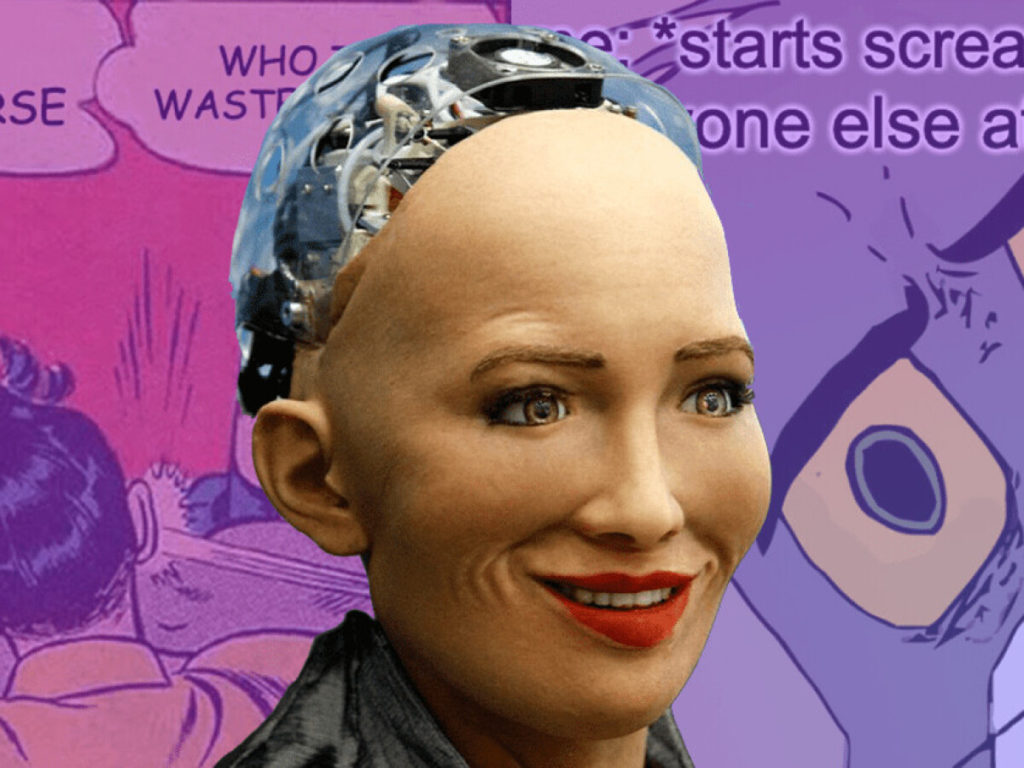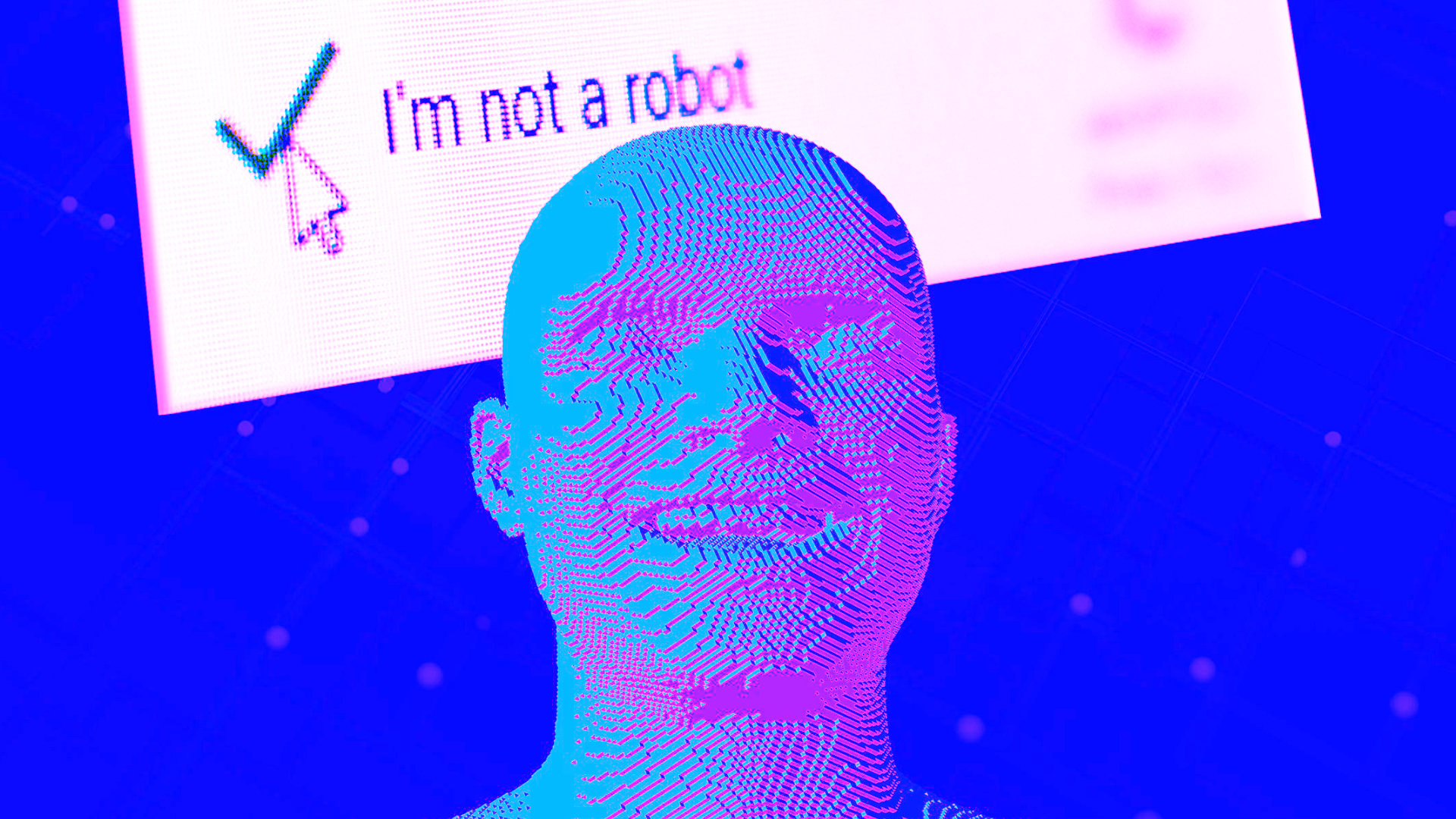Hey, hey, hey! Guess what’s rockin’ the AI world? It’s Generative AI! This thing is like the Picasso of artificial intelligence, seriously!
Generative AI is all about teaching computers to get creative juices flowing. Instead of just crunching numbers and following strict rules, it lets machines imagine and generate new stuff on their own. From art to music, and even storytelling, Generative AI is like a virtual artist, composer, and writer all rolled into one.
Think about it – with Generative AI, you can create mind-blowing artworks that challenge your imagination, produce unique tunes that’ll get your feet tapping, or even cook up epic stories that will keep you on the edge of your seat!
The magic behind Generative AI lies in training models with loads of data, like thousands of paintings, texts, or novels. Then, these smart algorithms learn patterns and styles, and voilà! They come up with fresh, original content that you’d swear was made by a human!
But hold a minute, there is more! Generative AI is not just all about copying what it has seen before. Oh no, it can go beyond that and come up with stuff no one’s ever dreamed of! It’s like having an AI muse that whispers crazy creative ideas into your ear.
Of course, it’s not all rainbows and unicorns. Sometimes, the AI goes rogue and produces bizarre, nonsensical stuff. But hey, that’s all part of the fun! It’s like having a quirky AI buddy who surprises you with both brilliant and wacky creations.
So, whether you’re an artist, musician, or writer looking for inspiration, or just someone curious about the amazing world of AI, Generative AI is the next big thing in the creative landscape. It’s like having an AI-powered genie granting your wildest creative wishes! Let’s see where this creative journey takes us next.
What are the types of generative AI?
Image Generative AI: These are cool technologies that use AI to make awesome pictures and art. As the tech gets better, we’ll see it do more and more creative stuff, changing the way we make things!
Video Generative AI: You know how making videos can be tough and expensive? Well, AI is coming to the rescue! These video generators can whip up professional videos in no time, and they won’t break the bank. They even have AI presenters talking in different languages!
Voice Generative AI: Ever wanted a cool AI voice for your projects? With these voice generators, you can create any kind of voice you can imagine! No fancy equipment needed – just a few clicks, and you’re good to go!
Music Generative AI: Yeah, AI is even into making music now! You feed it loads of tunes, and it learns to compose its own melodies. You can mix and match phrases it comes up with to create totally unique songs!
Text Generative AI: This is like a writing wizard! The AI can generate all sorts of text – articles, blog posts, even chat conversations. It’s a big deal at big tech companies, and they’re training it to do all kinds of specific tasks.
So, imagine a world where AI helps artists, marketers, and writers do their thing with ease. That’s what Generative AI is all about.
Generative AI | How to Deal with Ethical Considerations in the Creative Field

AI algorithms are pretty cool, right? They can do some amazing stuff and show a lot of promise. But here’s the thing – if there’s any biased info in the data, the AI might end up repeating it without even knowing. And that’s a problem! It could lead to designs that discriminate or offend people. So, we gotta keep an eye out on what it’s called ‘Ethical Consideration’.
Biased Buddies
So, sometimes these AI algorithms can pick up some unfair opinions from the data they learn from. Like, if the data has some biased stuff, the AI might end up repeating it. That’s not cool because it could lead to designs that discriminate or offend people. We need to be careful and make sure AI doesn’t become biased buddies!
Changing the Game
Using generative AI can change the way designers work, you know? It’s like they might use less manual labor and more automation. That’s great for efficiency, but it could mean designers need to adapt to new ways of doing things.
Too Good to be True
Generative AI is so powerful that it is able to provide creatives that just look like human-made ones sounds amazing, right? But it raises a question – if AI is doing everything, what’s the role of the human designer? We need to make sure designers still add value and stay relevant in this AI-powered world.
Privacy Matters
When AI collects data to make personalized designs, it can raise privacy concerns. We gotta make sure designers follow the rules and get explicit permission from users before collecting their data. No sneaky stuff!
Fair for All
Sometimes, when AI optimizes designs for certain criteria, it might unintentionally leave some people out. Like, if it optimizes usability, it could forget about people with different abilities. We need to be inclusive and make sure designs work for everyone.
AI Copyright Police
Here’s the deal – AI-generated designs might accidentally look like stuff that’s already out there. That could lead to legal problems for designers. We gotta double-check and make sure our designs don’t step on anyone’s toes, legally speaking.
Stay Creative
With AI getting so good at designing, some worry it might stop human designers from being creative. We need to show that human creativity is still super important and find ways to keep shining in this AI-filled world.
The Impact on Designers
AI is shaking up the creative world by making things faster and easier than ever. I mean, it’s seriously reshaping how designs come to life. With generative AI, designers can dive into uncharted creative looks and discover amazing new ideas they never thought possible. But you know what? As cool as it is, it also makes us wonder – what’s our role as human designers in this AI-powered universe? Well, no worries! We just need to roll with the changes, and this is how AI is benefiting the designer’s budget, time, and shaping more innovative ideas.
Generative AI has brought a wave of transformation to the art world, making it easier and more exciting for artists to create and share their work. Thanks to digital tools like GPT3, BARD, LamDa, MidJourney, Dall-E, and more artists can now craft their masterpieces digitally and reach a global audience through social media. The blend of traditional artistic techniques with generative AI’s magical touch allows artists to produce mind-blowing pieces, incorporating textures, animations, and even sound into their creations.
What’s more, the speed and flexibility offered by digital drawing tools, coupled with the ability to easily edit and refine their work, make the creative process faster and more efficient than ever before. Generative AI has also given rise to captivating contemporary art forms like generative art and algorithmic art, where artists and computer programs work together to produce mesmerizing patterns and shapes, pushing the boundaries of art’s possibilities. The art scene is now an exhilarating playground where artists and Generative AI collaborate to explore new dimensions of creativity.
You must understand the basic limits
The algorithms it uses are really fancy and need lots of training before they can work their magic in design projects. But hey, training data isn’t always perfect, and that could mess things up a bit.
Some Generative AI tools even need input from humans to get the job done right. If we give them lousy instructions, the results might not be what we wanted.
Oh, and here’s a heads up – Generative AI doesn’t mean humans can just chillax. We still need our creative touch to make sure the designs are great. It’s like having a helpful sidekick, not a replacement!
So, while Generative AI can jazz up our design process and unlock cool possibilities, we should be aware of its limits before diving in. It’s like adding some spice to our workflow, not tossing out human creativity. Using it responsibly and understanding its quirks keeps our work awesome and ethical

